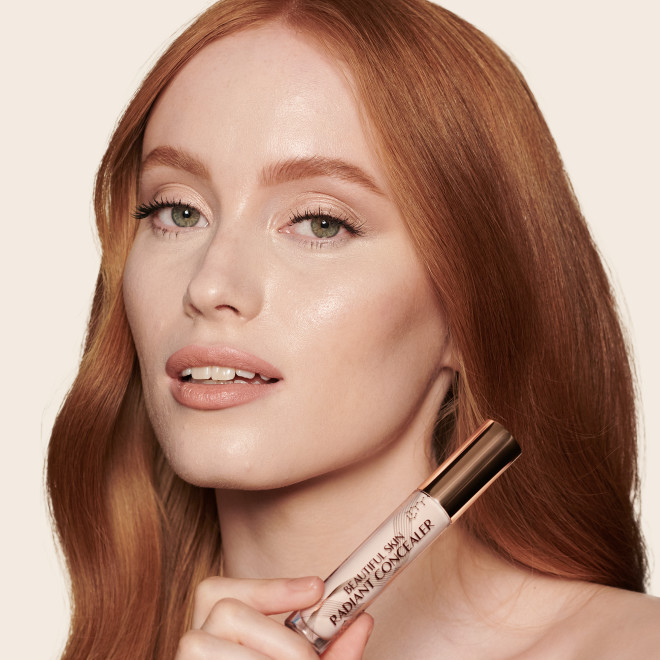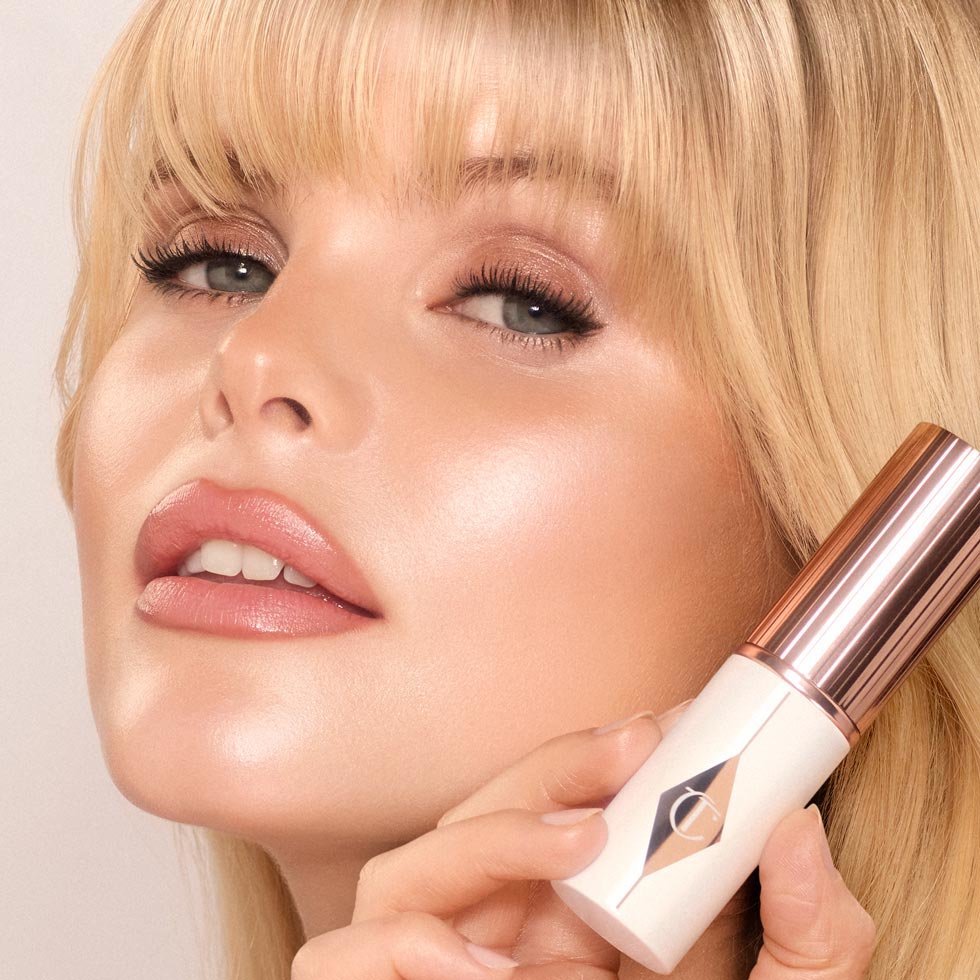
Avoid Cakey Foundation: Tips for Smooth Application
Understanding Why Foundation Can Appear Cakey
Many makeup enthusiasts encounter the frustrating issue of cakey foundation. It disrupts the flawless look everyone aims to achieve. This issue arises from several factors, including improper application techniques, product choices, and skin preparation. Knowing these factors can help in avoiding a cakey finish.
The Role of Skin Preparation
Foundation application begins with proper skin preparation. Clean, hydrated skin serves as the best canvas for makeup. If the skin is dry, flaky, or oily, foundation may cling to patches or slide off. First, cleanse the face to remove any dirt or oils. This process helps create a smooth base for makeup application. Next, apply a moisturizer suited to the skin type.
Hydration is crucial for achieving a natural finish. A lightweight, hydrating moisturizer can prime the skin effectively. For those with oily skin, oil-free moisturizers work well. Additionally, using a primer can enhance the foundation’s appearance. Primers fill in pores and create a smoother texture. They also help in keeping makeup in place throughout the day.
Makeup artists often emphasize the importance of exfoliation. Exfoliating once or twice a week can help slough off dead skin cells. This results in a smoother application and better overall appearance. People with uneven skin texture should pay particular attention to this step. Taking these steps ensures that the foundation sits smoothly on the skin. Consequently, it reduces the chances of looking cakey.
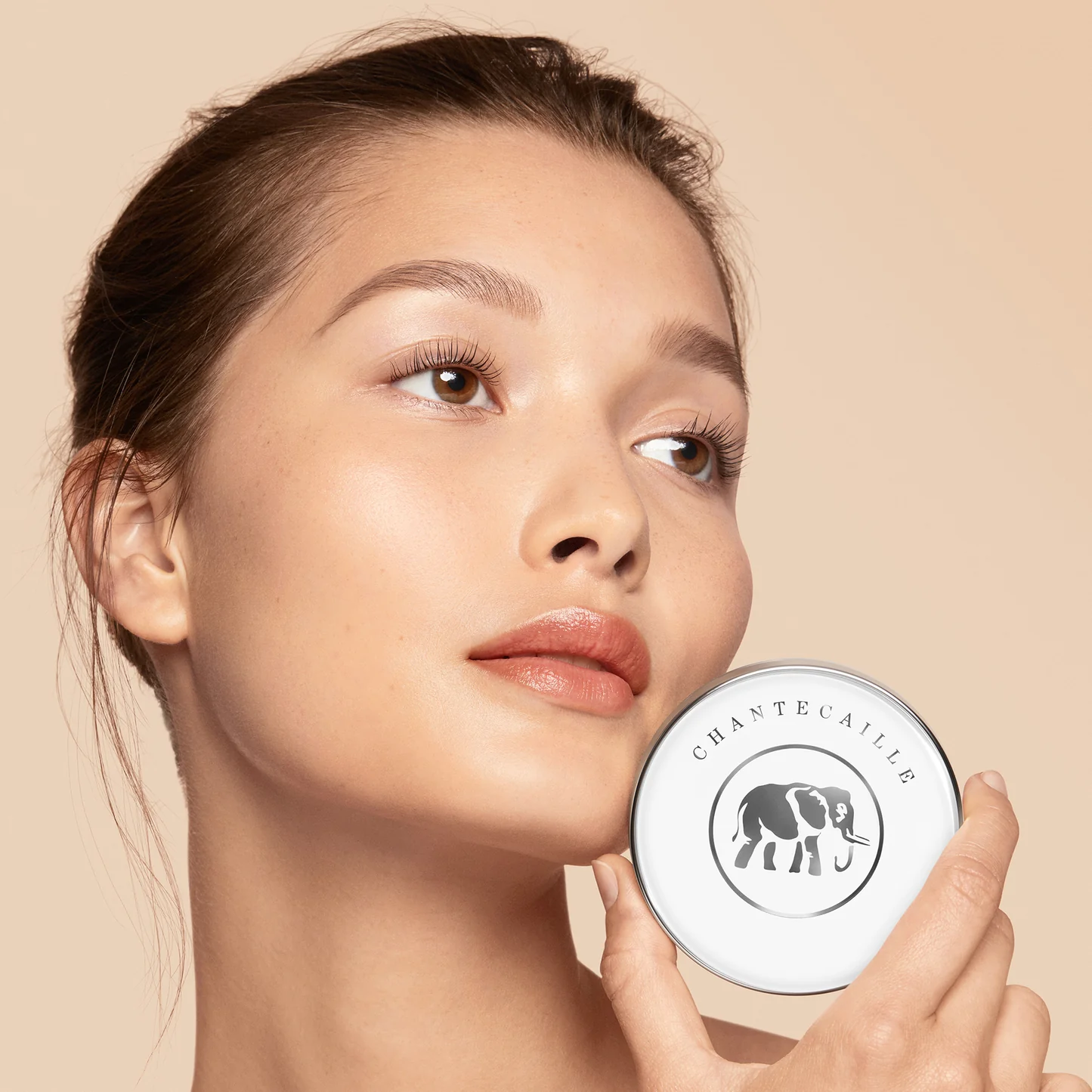
Choosing the Right Foundation
Another significant factor influencing cakey foundation is the choice of foundation product. Foundations come in various formulations: liquid, cream, powder, and stick. Each type has its advantages and disadvantages. Liquid foundations tend to offer a more natural finish. However, cream and stick foundations provide more coverage.
Selecting the appropriate coverage level is vital. High-coverage foundations can create a heavier appearance, which enhances the cakey effect. Choosing a lighter coverage foundation can lead to a more skin-like finish. Many brands offer buildable foundations; these can be layered for desired coverage.
Moreover, skin type should dictate the type of foundation used. Individuals with dry skin may benefit from hydrating formulas. Conversely, those with oily skin should opt for mattifying foundations. Testing products on the skin before purchasing is essential. Product testing ensures that the chosen foundation works well with the skin type.
It’s also important to consider the shade of foundation. Using a shade that is too light or too dark can create a stark contrast. This contrast can further emphasize the cakey texture of the product. Always test shades in natural lighting for a better color match.
The Application Technique Matters
The technique of applying foundation is another crucial component. Many individuals rush this process, leading to unsatisfactory results. The most common application methods include brushes, sponges, or fingers. Each method has its pros and cons.
Using a beauty sponge can provide a seamless finish. The sponge helps to blend the product into the skin effectively. For a natural look, dampen the sponge before application. This simple tip helps in blending the foundation evenly.
On the other hand, brushes can offer more coverage. However, they may leave streaks if not used properly. A flat brush is recommended for applying cream foundations. For liquid foundation, a buffing brush can help achieve an airbrushed effect.
Finger application can also create a unique finish. The warmth of the fingers tends to melt the product into the skin. However, this method may not provide as much coverage as desired. Regardless of the method, blending is key. Take time to ensure that the foundation is well blended into all areas.
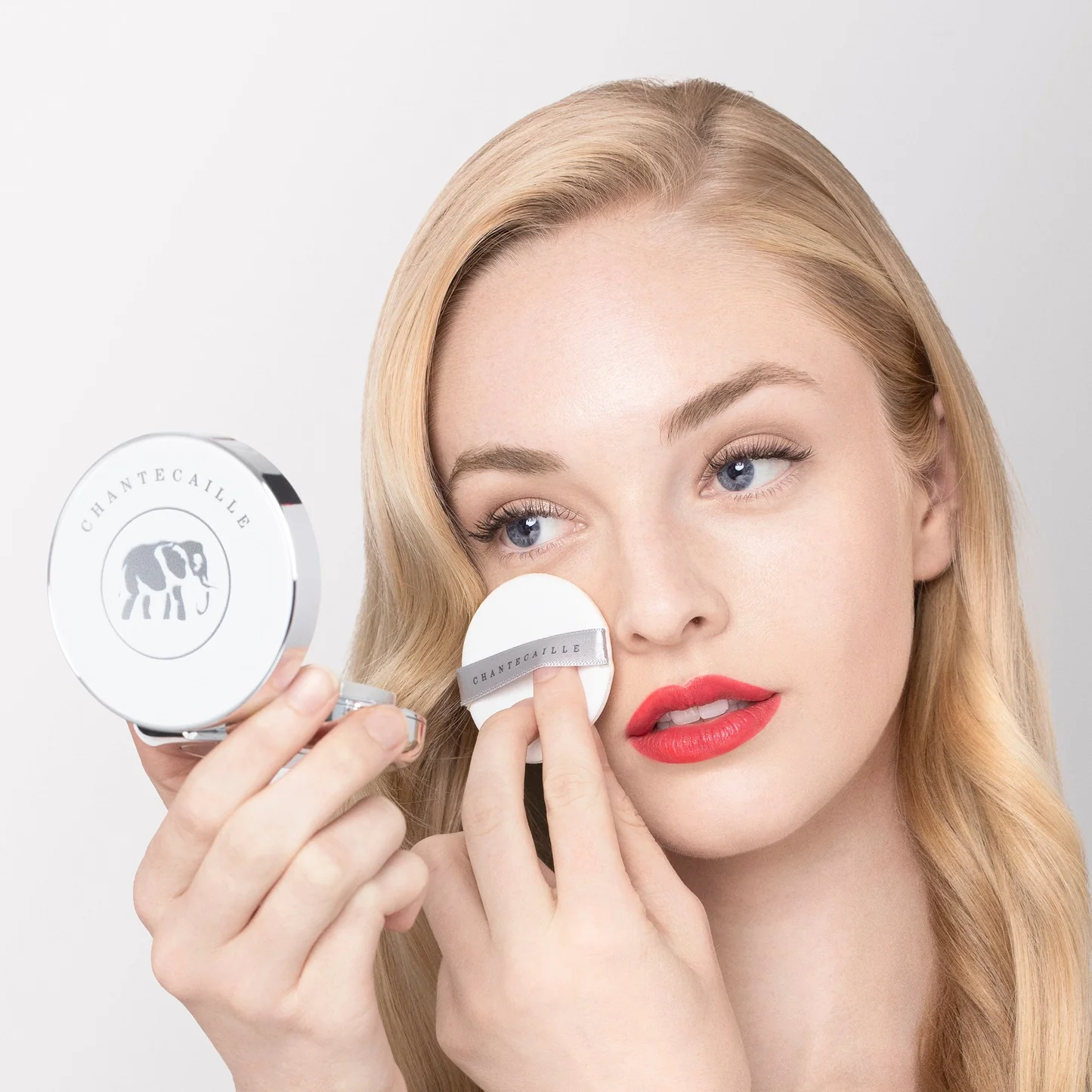
Importance of Setting Products
Setting products play a significant role in the final outcome. After applying foundation, using a setting powder can greatly reduce the cakey appearance. A light dusting of translucent powder helps to absorb excess oil. This step ensures that foundation stays in place for hours.
Choosing the right setting powder is imperative. Some powders may contain flashback properties that can affect photography. This flashback can create an unappealing white cast on the skin. As such, bronzers or tinted powders might be preferable for some individuals. These products can enhance warmth while preventing a ghostly look.
Furthermore, a setting spray can help lock everything in place. A quality setting spray adds hydration while ensuring longevity. It’s often preferred by those with dry skin. Meanwhile, oily skin types may want to opt for a mattifying version.
Adjusting the amount of product used is equally important. Overusing any product, including setting powder, can lead to a buildup. This buildup exacerbates the cakey appearance. Applying a minimal amount of product allows for a more natural finish.
Environmental Factors Contributing to Cakey Foundation
Environmental conditions can also impact makeup performance. Humidity, heat, and pollution often affect how makeup lasts. For example, hot, humid weather can cause makeup to break down faster. Increased oil production leads to a slippery base. This results in the foundation settling into fine lines or pores.
To combat this, consider specialized products designed for hot climates. Matte or long-wearing foundations hold up better under these conditions. Using blotting papers throughout the day can also reduce excess shine. Removing excess oil prevents the foundation from breaking apart.
Conversely, cold weather poses its challenges, as well. Dry air can make skin feel chapped and tight. This condition makes it essential to hydrate the skin properly before makeup application. A good moisturizer and primer can bridge the gap between cold air and makeup adherence.
Understand that factors such as pollution can also influence the look of makeup. This external force contributes to makeup breakdown and creates uneven textures. Keeping the skin clean and using products formulated for urban environments can help. Taking such steps will lead to better foundation performance under various conditions.
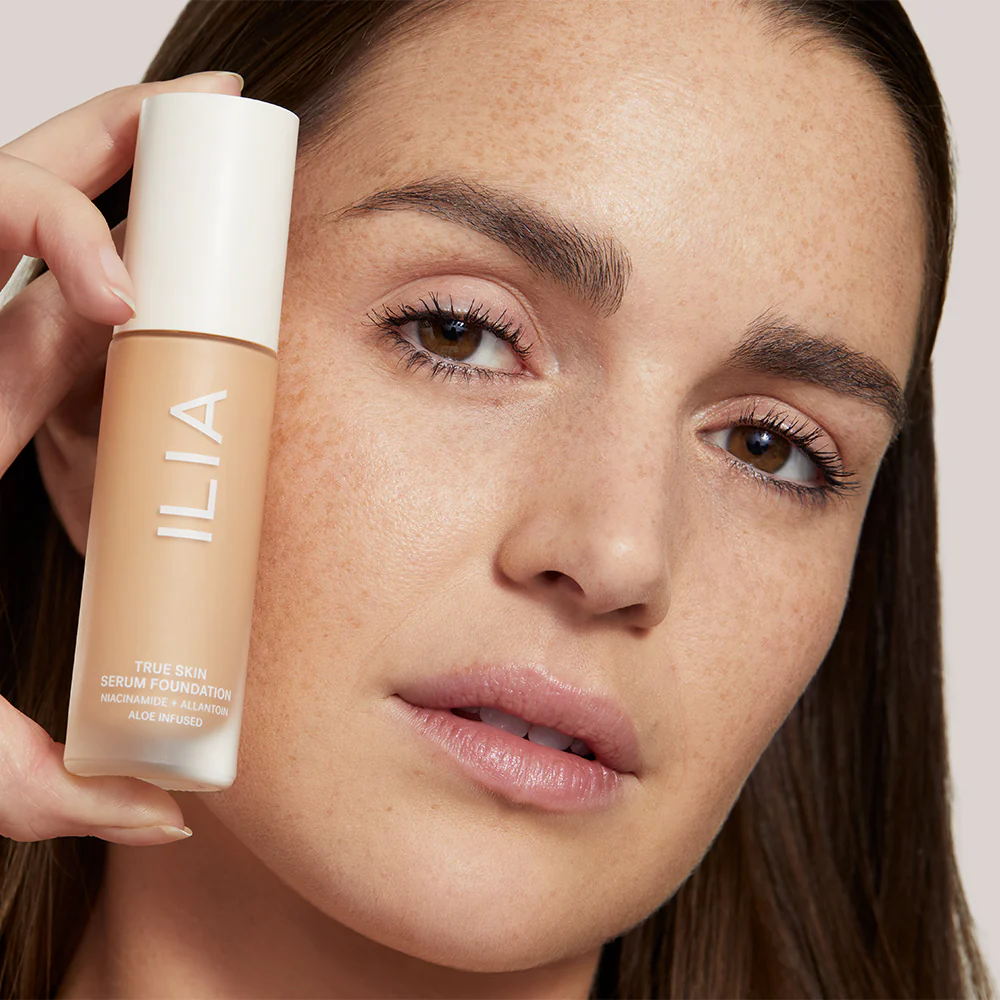
The Effect of Aging on Foundation Application
Aging can change the way foundation interacts with the skin. As skin ages, it often becomes drier and less elastic. Fine lines and wrinkles become more pronounced, influencing how products sit on the skin. Therefore, makeup techniques may need adjusting.
Choosing a foundation that caters to mature skin is important. Look for formulas rich in hydration and easily blendable. Cream foundations or liquid formulations tend to work better. These products offer a more luminous finish and can help to disguise the appearance of fine lines.
Additionally, the tools used for application can make a difference. People with mature skin might find that brushes are harsh. Instead, applying foundation with a damp sponge offers a softer touch. A sponge helps in pressurizing the product into the skin without settling into fine lines.
Another important factor is how much makeup to use. Less is often more when it comes to mature skin. Overapplying foundation can lead to a caked appearance. Instead, using a small amount of product and building up coverage can yield the best results.
Makeup Removal and Skin Care Routine
After a long day, proper makeup removal is essential. Leaving foundation on the skin overnight can lead to clogged pores. This, in turn, can result in breakouts and unhealthy skin. Start by using a gentle makeup remover or micellar water. A thorough first cleanse removes superficial makeup layers.
Subsequently, follow up with a second cleanse using a suitable cleanser. This step ensures that all remaining product is removed. Clean skin allows for better absorption of skincare products. This practice helps improve skin texture and quality over time.
A well-executed skincare routine can influence foundation performance. For example, incorporating serums and hydrating moisturizers can enhance skin health. Furthermore, using weekly treatments can address specific skin concerns. Products designed for exfoliation or hydration can lead to a better makeup application in the long run.
Investing time in a skincare routine will pay off. Healthy, well-prepared skin allows foundation to apply more smoothly. As a result, the entire makeup look becomes more polished and vibrant. Neglecting skincare can hinder the overall effectiveness of makeup products.
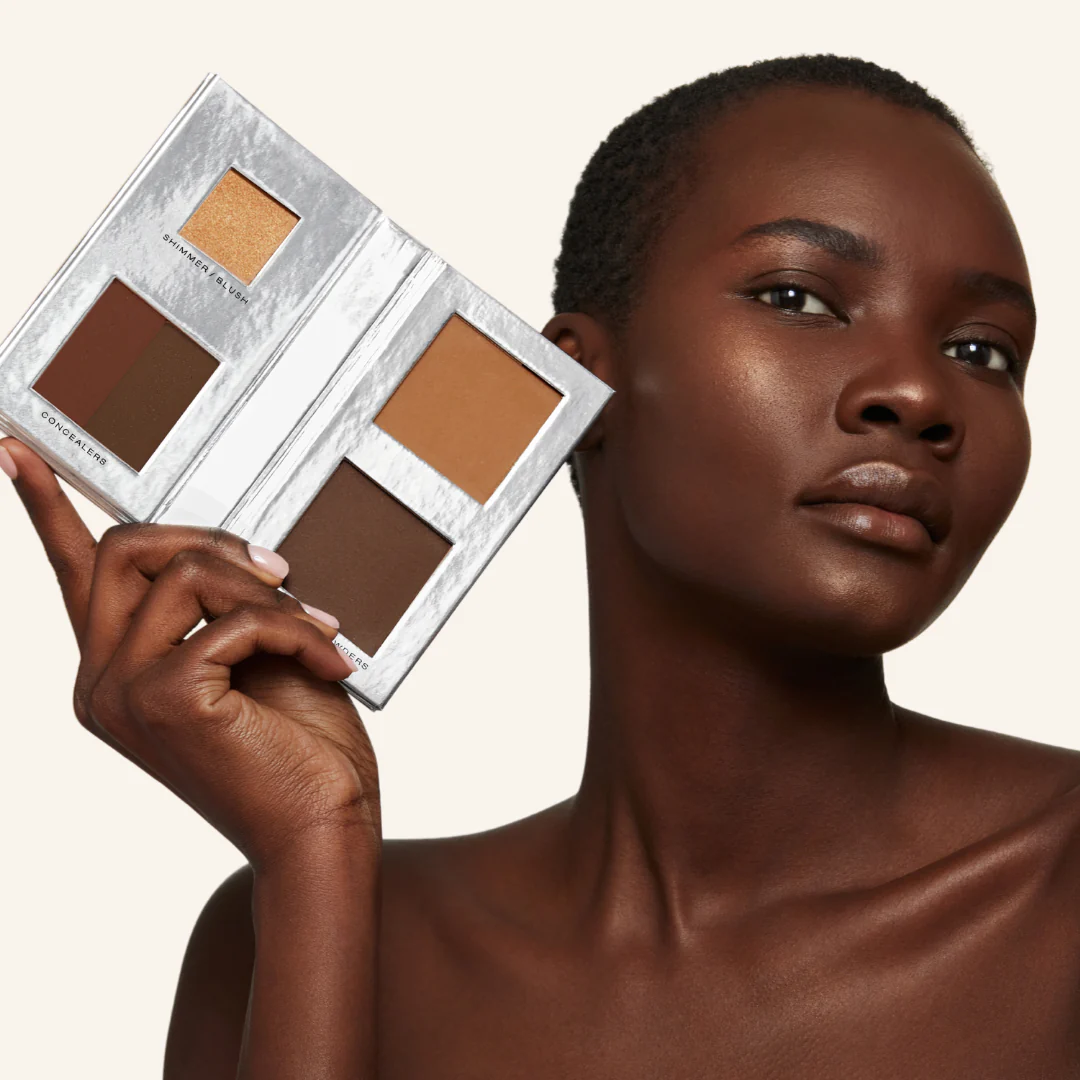
Conclusion
Achieving a flawless foundation finish requires attention to detail. Several factors contribute to a cakey appearance. These include skin preparation, product selection, application technique, and environmental conditions. Understanding these areas can dramatically improve foundation application and longevity.
By focusing on skin hydration and choosing the right products, individuals can minimize cakiness. Additionally, adopting better application techniques leads to a more natural finish. Setting products should be used judiciously to avoid unsightly buildup.
Awareness of environmental factors and aging effects helps in making informed makeup decisions. Investing in a solid skincare routine is essential as well. Clean and healthy skin enhances the makeup experience.
For anyone looking to improve their foundation game, knowledge is key. Apply these insights diligently to achieve a flawless, natural finish every time. Each step contributes to better results, making makeup application a much more enjoyable experience.

